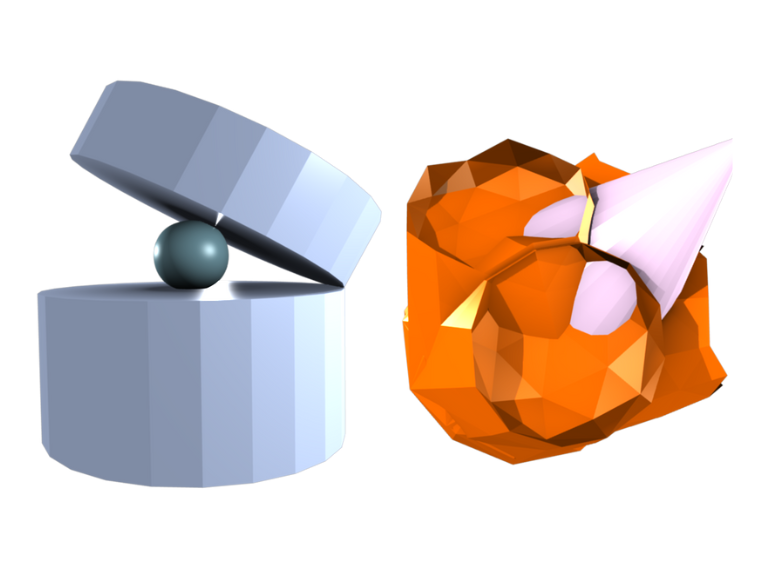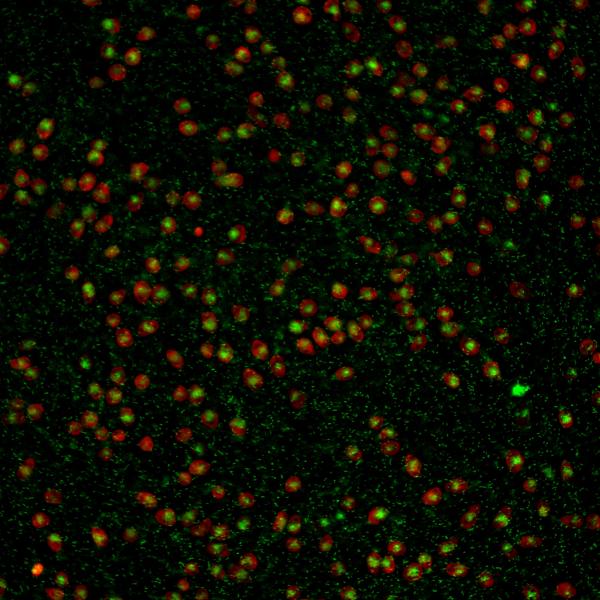A team of psychological and brain sciences researchers has come up with a new way to study the brain’s ability to navigate life — no brain scans required.
Researchers in the Department of Psychological & Brain Sciences have developed a question-and-answer experiment to study how people build cognitive maps, mental models of the world that help us navigate our lives.

“We use cognitive maps constantly for a variety of decisions,” said doctoral student Ata Karagoz, lead author of the paper. “It’s useful to know how people construct them.”
Co-authors of the study include Zachariah Reagh and Wouter Kool, both assistant professors of psychological and brain sciences. The study, involving 161 healthy young adults, was published in the Journal of Experimental Psychology: General.
Brain scientists have been studying cognitive maps for decades. Early discoveries by neuroscientists found that rats use certain brain cells to build mental images of mazes. Researchers have long known that humans build their own cognitive maps, using them for choices that go far beyond which direction to turn. For example, Karagoz said, a person will consult a cognitive map of possibilities when deciding what to have for lunch. “You’ll think about price ranges, cuisines, and perhaps the healthiness of the options,” he said. “It’s like you’re making a map of ‘lunch space.’”
People also use cognitive maps to navigate the tricky terrain of family dynamics. “If you’re considering doing something that might aggravate your mother-in-law, you’ll want to think about how it would affect your relationship with her and the people around her,” Kool said.
A key unanswered question, however, is how these maps are built and used on the fly when people need to make choices. Previous studies, including a 2023 Nature Communications paper co-authored by Reagh, have used brain imaging techniques such as fMRI to track the neural networks that contribute to maps. In the current study, however, researchers were able to watch in real-time as people built these mental maps — no electrodes or brain scans required. “We’re one of the first research teams to find a way to measure these maps without using fancy tools to look at the brain,” Kool said.

Research subjects were asked to rate the similarity of highly abstract objects. They then had to employ the objects in a decision-making task. Because the objects didn’t share any obvious traits, the participants had to make up their own criteria on the spot — a task that required them to build a mental map of relationships. Through trial and error, subjects had the opportunity to test the perceived relationships between objects.
While some participants seemed to make scattershot choices, others developed a consistent system. These participants had created mental maps that helped them understand how each object related to the others. “The better the map you’re able to build, the more intelligently you can plan over that map,” Reagh said.
Throughout the task, participants earned “space coins” they could cash in for a small amount of real money at the end of the experiment. “We wanted to keep them motivated,” Reagh said. The participants with more coherent maps were able to earn more money in the task.
In the future, the researchers intend to track cognitive maps in other populations, perhaps including more neurologically diverse participants of different ages.
“We showed that we can reconstruct people’s cognitive maps using a simple behavioral task,” Karagoz said. “We’re interested to see where this approach takes us.”
Header image: Google DeepMind / Pexels




